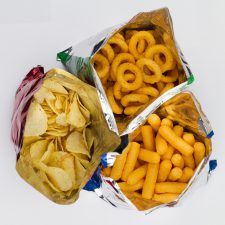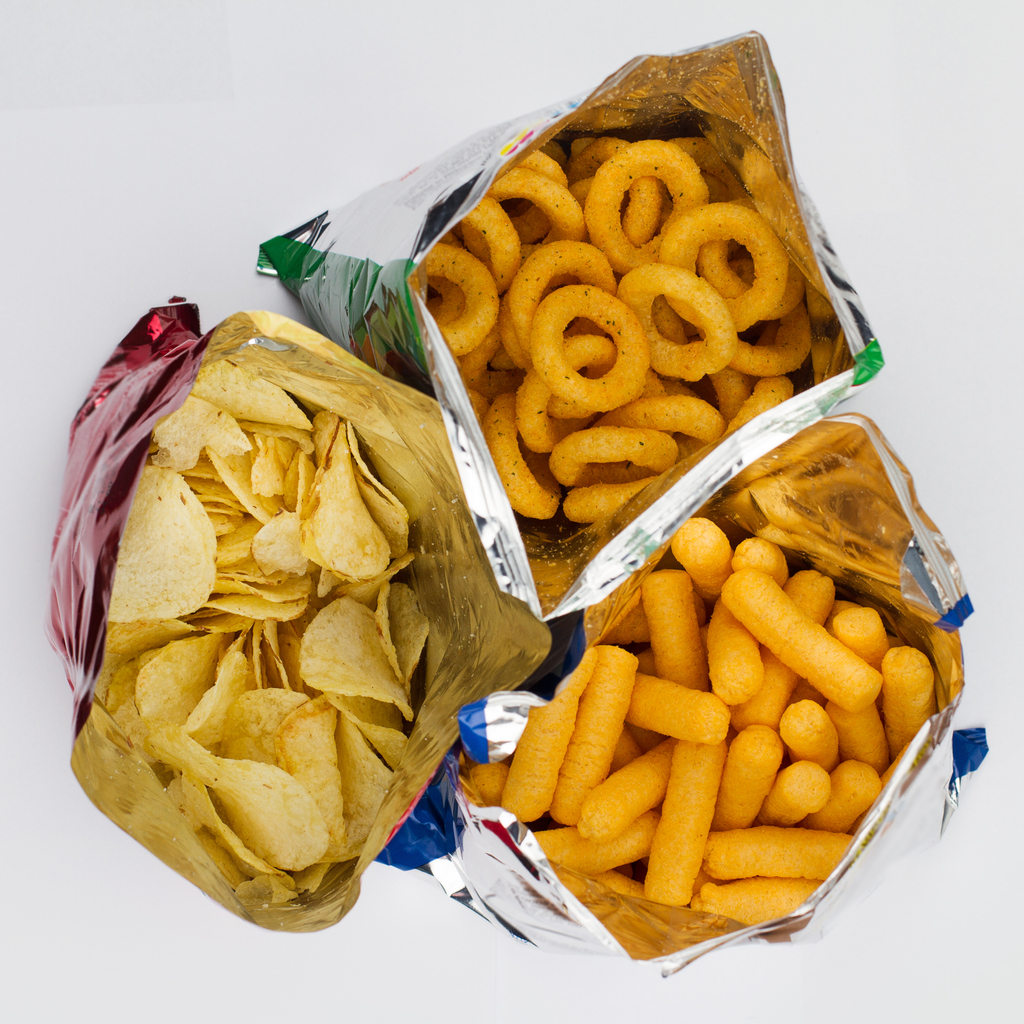
This article is a shortened and adapted version of the original article written by Sarah Kneebone which can be found at PlayMR.
Demand in the snack food industry has held strong despite increased competition and rapidly changing preferences.
According to Facebook, the #snack hashtag has grown 20% more than overall hashtags on Facebook year-on-year.
The market is benefiting from shoppers choosing to spend their dollars on gourmet and healthy snack products to incorporate into their on-the-go lifestyles.
Mintel found that 31% of Australian consumers now say that they sometimes eat snacks instead of having a meal and Millennials are more likely than any other generation to snack four times or more during the day.
In today’s world, we have the luxury of abundant choice and variety, and shoppers are welcoming this.
They are increasingly open to trying (and searching out for) more meal types, diets and international foods than ever before. This means the definition of a ‘snack’ is changing.
Technomic’s 2018 Snacking Occasion Consumer Trend Report found:
“39% of consumers and 57% of those ages 18-34 say their definition of snacks has changed over the past two years to now include a wider variety of foods and beverages.”
Busy lifestyles mean that people have started replacing meals with snacks and eating things which wouldn’t have previously been described as snacks (more as part of a meal), like hot chips or sandwiches, for example. The ‘3 meals a day’ model seems to be no more.
Trends:
Portable snacking— There has been an increased demand for natural snacks that can give a health fix on-the-go.
Mindful snacking—Shoppers are putting more thought into their purchase decisions, and taking into consideration things like society and the planet when purchasing.
Shareable snacks—Many shoppers will go out of their way to photograph and share their food choices on social media, they want to be able to personalise their products.
Convenient snacks—Snacking is intentional and shoppers will consider buying snacks in many more locations.
What can brands do?
Market products as ‘on-the-go’ or ‘snackable’.
Putting your product into this category could help you tap into the convenience market and increase consumption. According to Forbes, in 2011 researchers found that:
“…when people ate food that was the same but was labeled differently — one was labeled ‘snack’ and the other was labeled ‘meal’, despite being the same size — the people who had the snack version ate 50% more.”
So, the way that the product is communicated could also help with sales of snack foods, as shoppers’ beliefs impact how much they are willing to consume.

